Creating a pollinator-friendly yard allows you to support bees, butterflies, birds, and other essential creatures, which in turn help plants thrive. By making some changes, your yard can be a healthy place to pollinators.
Here are some tips to help increase the biodiversity of your yard.
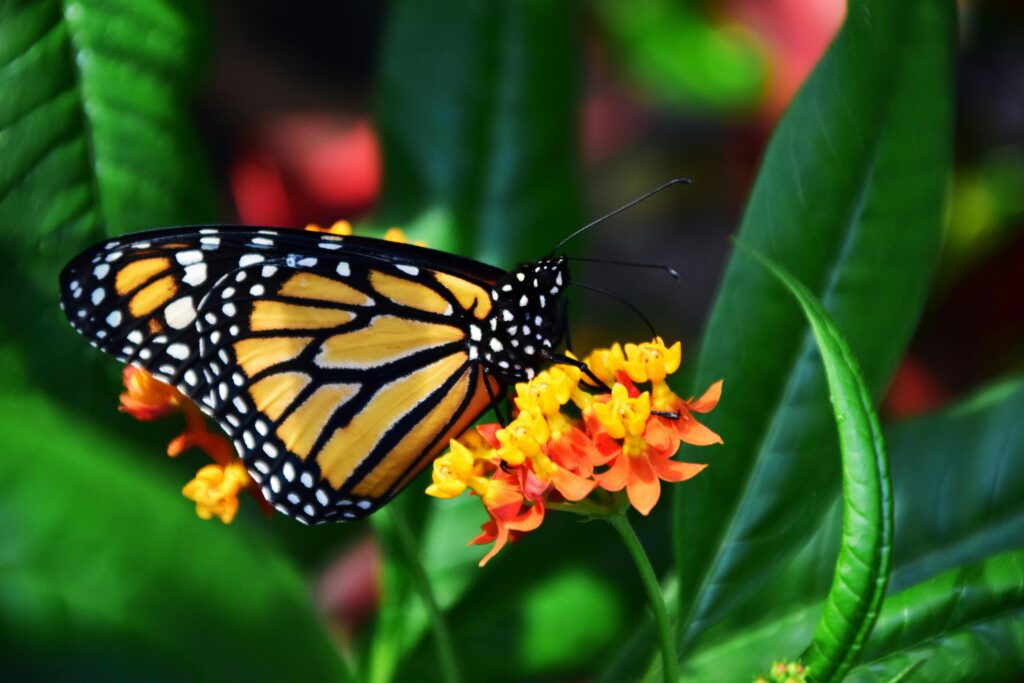
Plant a Variety of Native Flowers
Native plants are well-suited to the local climate and provide familiar nectar sources for pollinators. This will reduce the need for watering and care, making it more sustainable in addition to being better suited for the pollinators in your area.
Include a mix of flowers that bloom at different times of the year to ensure a continuous food supply. Choose diverse shapes and colors to attract a wide range of pollinators, such as tubular flowers for hummingbirds or blooms for butterflies.
Avoid Pesticides and Herbicides
Chemical pesticides and herbicides can harm pollinators directly or contaminate their food sources. Instead, find organic gardening products and strategies, such as companion planting or introducing beneficial insects.
Provide Water Sources
Pollinators need water to survive. You can easily set up a shallow dish with water and pebbles for insects to land on safely. A small birdbath or even a dripping fountain can also attract birds and butterflies to your yard.
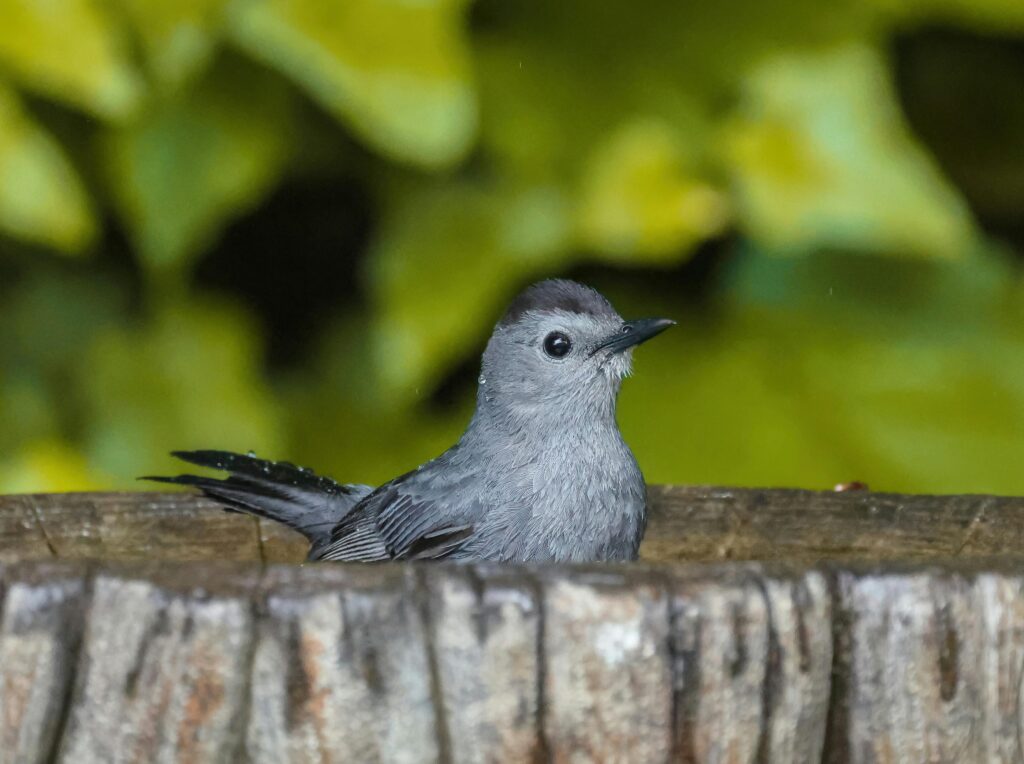
Create Habitat Spaces
Leave patches of bare soil for ground-nesting bees and build insect hotels with natural materials like wood, bamboo, and hollow stems. Shrubs, trees, and dense plantings provide shelter and nesting sites for a variety of pollinators.
Incorporate Pollinator-Friendly Features
Add a mix of sunlit and shaded areas to accommodate different species. Plant hedgerows or use flowering vines on fences to create additional food and shelter zones. Let part of your yard grow wild or reduce lawn space to encourage natural habitats.
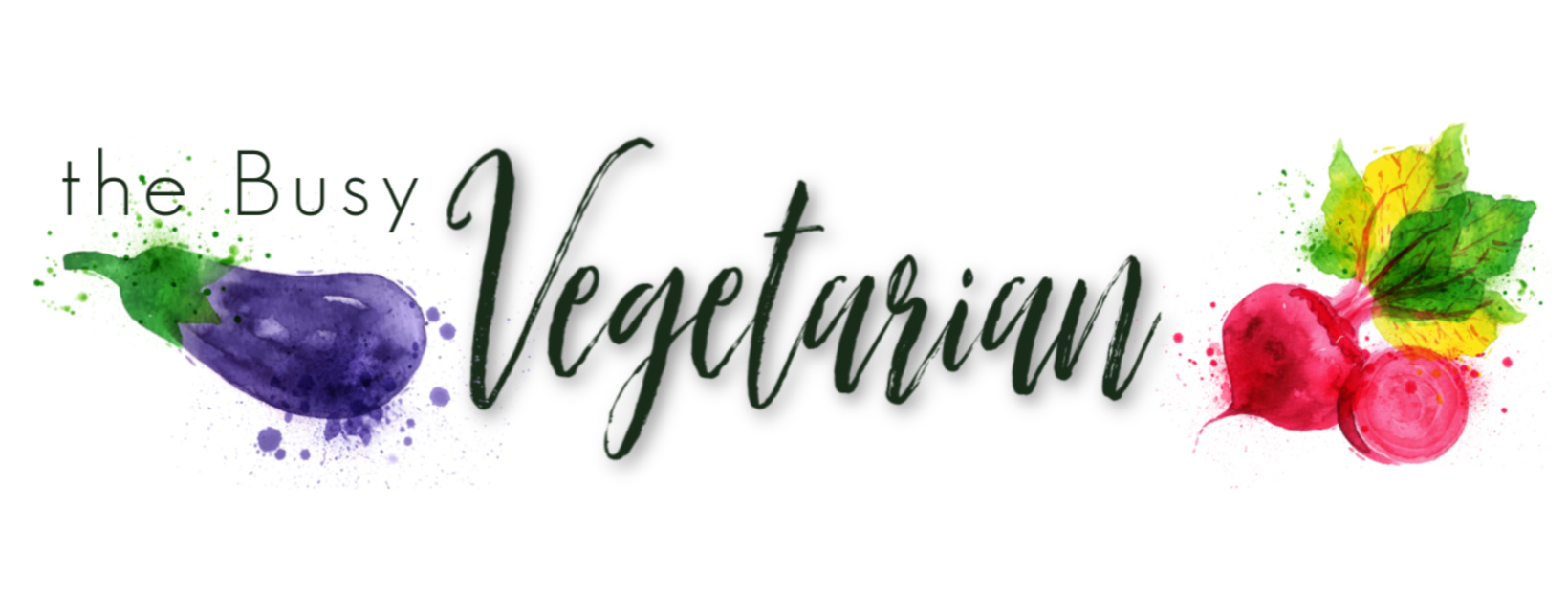

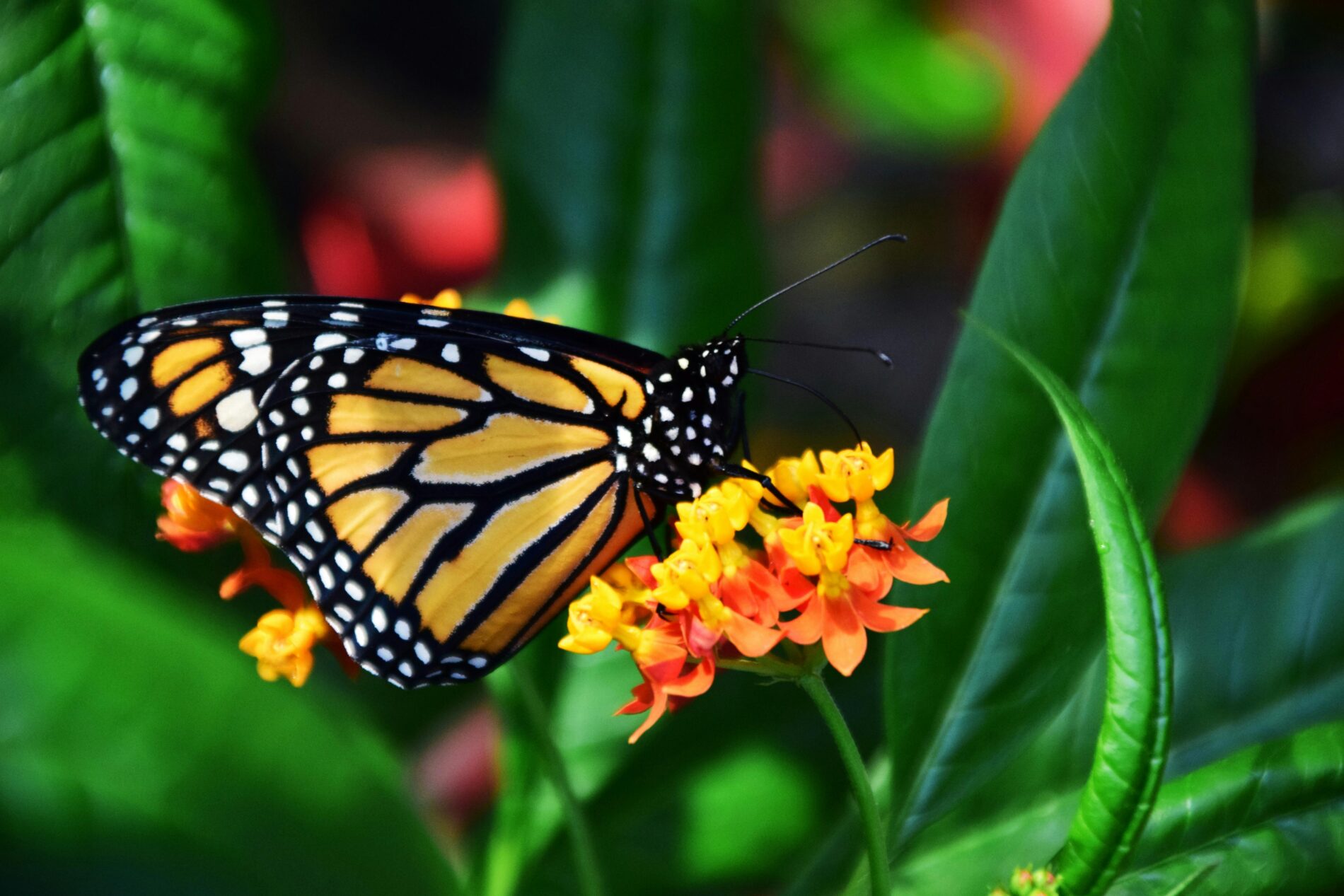


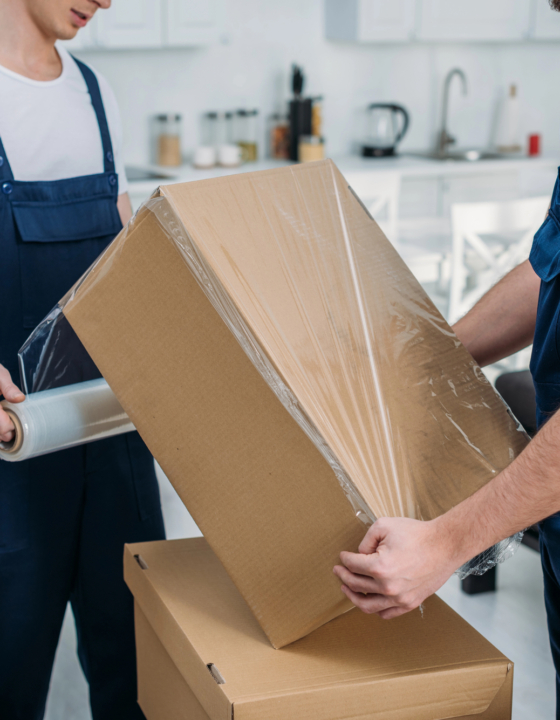
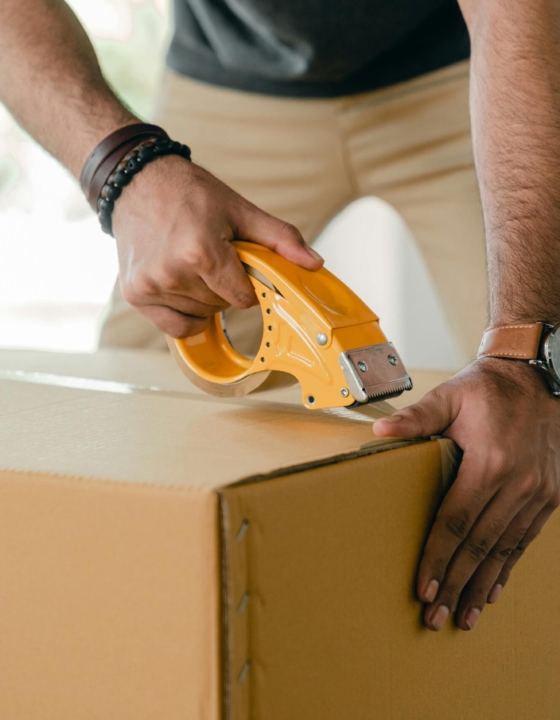
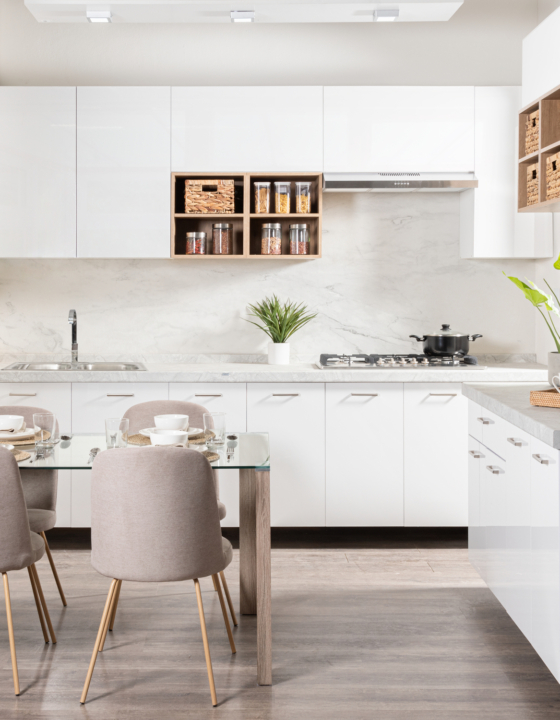
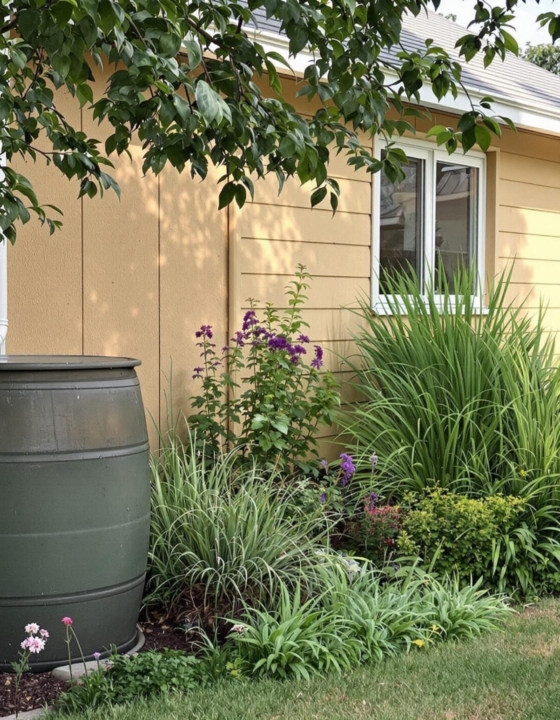
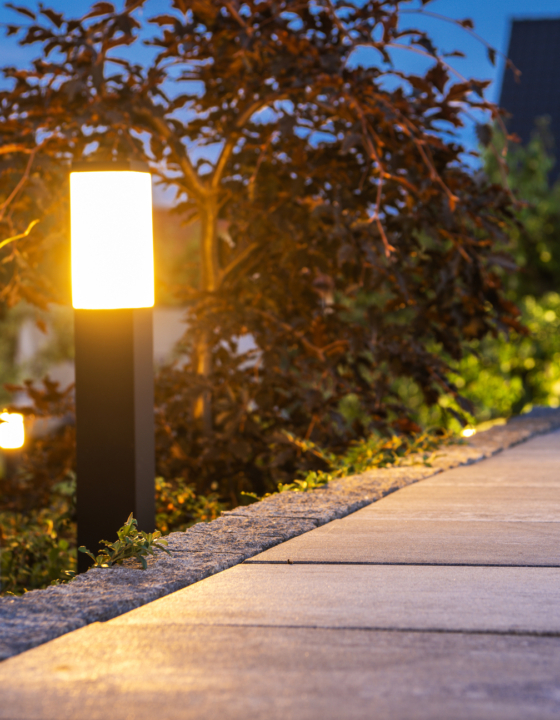
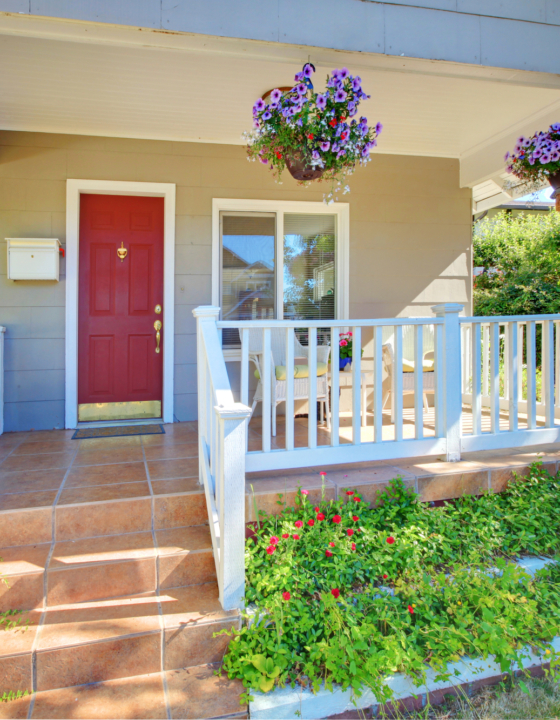
Amber Myers
February 25, 2025I will be sure to do these. I want to be sure my yard is pollinator friendly. Right now it’s looking rather sad due to lack of rain.
Jamie
February 25, 2025I love these ideas!!! I’m going to try and plant some things this Spring that will help the hummingbirds and butterflies. Cannot wait until that time of year! 🙂
Tara Pittman
February 25, 2025I have been trying to bring more bees to my garden. I will have to try some of these ideas.
Jen
February 26, 2025My parents have a green thumb and love tending to their garden. I’ll share these tips with them!
LavandaMIchelle
February 26, 2025I couldn’t agree more, It’s so important to teach little ones about the role of bees and butterflies in our ecosystem.